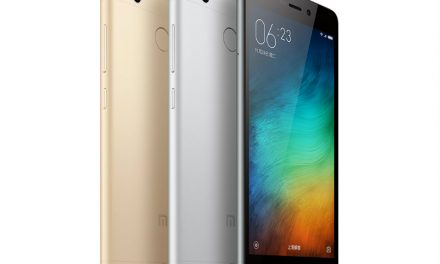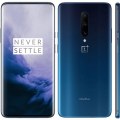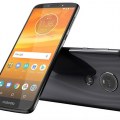In our fast-paced digital world, you have mere seconds to capture a user’s attention and convey a message. While clear, concise text is important, the most powerful and immediate way to communicate is often without words at all. This is the art of visual storytelling in User Interface (UI) design.
Visual storytelling is the practice of using visual elements, like color, imagery, typography, and layout, to create a narrative, evoke emotion, and guide the user through an experience. It’s about transforming a functional interface into an engaging journey. When done effectively, it can make a product feel more intuitive, memorable, and trustworthy, creating a much deeper connection with the user than text alone ever could.
Why Words Aren’t Always Enough
Our brains are hardwired to process visual information incredibly fast. We can understand the meaning of an image or a scene almost instantly, whereas reading and processing text requires more cognitive effort. In UI design, relying solely on words can lead to:
- Cognitive Overload: Too much text can be overwhelming and intimidating, causing users to abandon the interface.
- Slower Comprehension: Users often scan rather than read. A visual cue can communicate a function or a feeling much faster than a sentence.
- Lack of Emotional Connection: Words can inform, but visuals can make a user feel. A well-chosen color palette or a powerful image can create a mood and build brand personality in a way that text cannot.
This is why the principles of visual communication are a cornerstone of modern design education. A high-quality UI UX design course doesn’t just teach you how to use design software; it teaches you the “why” behind the “what,” focusing on how to use visual language to create intuitive and emotionally resonant experiences.
The Key Elements of Visual Storytelling in UI
So, how do you tell a story without words? Designers have a powerful toolkit of visual elements to work with.
1. Color Psychology: Setting the Mood
Color is one of the most powerful tools for evoking emotion. A bright, vibrant palette can create a sense of energy and fun (think of a children’s app). A muted, minimalist palette can convey sophistication and calm (like a luxury brand’s website). The strategic use of color can instantly set the tone for the user’s entire experience.
2. Iconography and Symbols: The Universal Language
Icons are the ultimate form of visual shorthand. A magnifying glass universally means “search,” a shopping cart means “view cart,” and a heart means “like” or “favorite.” Well-designed, consistent iconography makes an interface instantly understandable, transcending language barriers and reducing the need for explanatory text.
3. Imagery and Illustration: Creating a Narrative
A carefully chosen photograph or a custom illustration can tell a complex story at a glance. An image of a diverse group of people collaborating can communicate a company’s values of teamwork and inclusivity. A series of illustrations can guide a user through an onboarding process, making it feel like a friendly, step-by-step journey rather than a boring set of instructions.
4. Typography: The Voice of Your Words
Even when you do use words, the way they look tells a story. A bold, strong, sans-serif font can feel modern and authoritative. A delicate, serif font can feel classic and elegant. The choice of typography gives a voice and personality to your text, reinforcing the overall narrative of your brand.
5. Layout and Whitespace: Directing the Eye
How you arrange elements on a screen creates a flow, much like panels in a comic book. Using whitespace (the empty space around elements) can draw attention to what’s important. A clean, uncluttered layout feels calm and easy to navigate, while a dense, busy layout can create a sense of urgency or chaos. The layout is the structure of your visual story, guiding the user’s eye from one point to the next.
Mastering the Art of Visual Communication
Becoming a masterful visual storyteller requires more than just a good eye. It requires a deep understanding of design principles, user psychology, and branding. For those who are passionate about the aesthetic and communicative power of design, a dedicated visual design course can be incredibly valuable. These programs focus specifically on the craft of using color, typography, imagery, and layout to create beautiful and effective visual communication, honing the skills needed to create truly compelling user interfaces.
Conclusion: Show, Don’t Just Tell
In the competitive landscape of digital products, a good user interface is no longer enough. Users crave experiences that are not only functional but also engaging and emotionally resonant. Visual storytelling is the bridge that connects functionality with feeling. By learning to communicate without words, designers can create interfaces that are more intuitive, more memorable, and more human. It’s the difference between giving a user a set of instructions and inviting them on a journey.




















